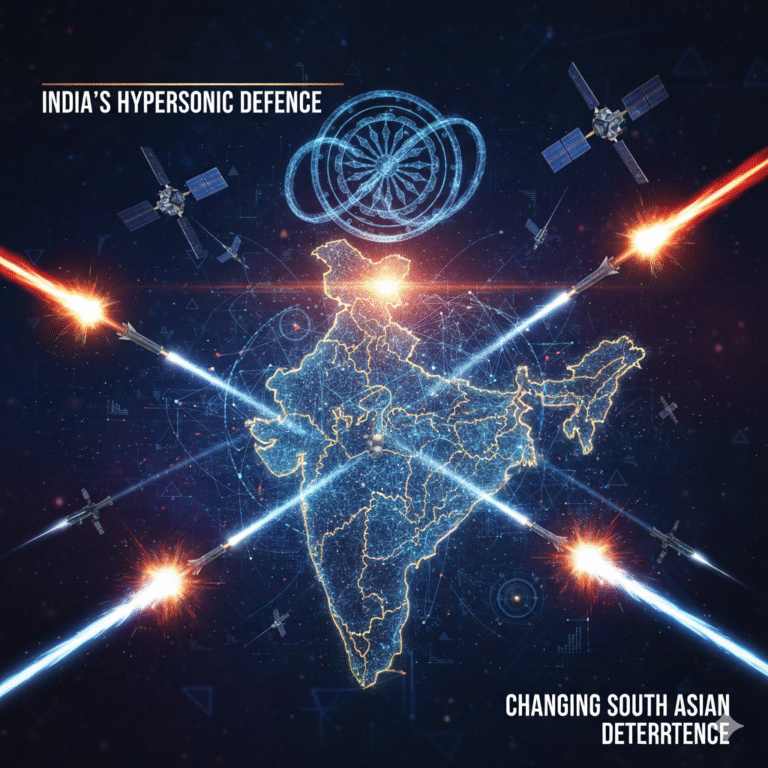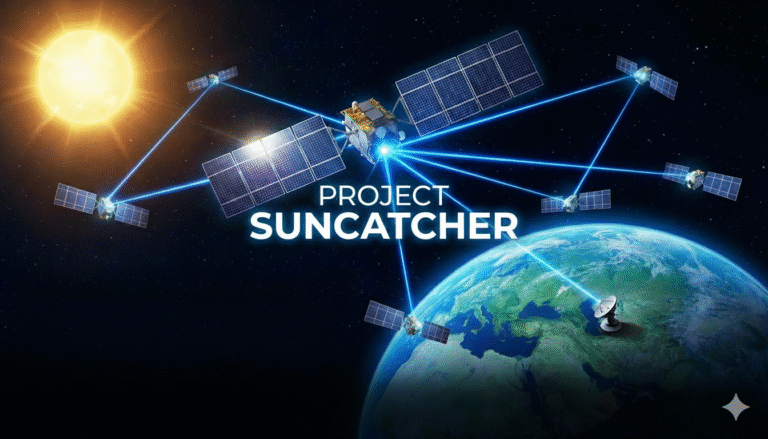
In a momentous stride toward solidifying its status as a spacefaring juggernaut, India has etched its name in celestial history with the successful touchdown of its Chandrayaan-3 mission on the unexplored southern expanse of the moon.
Just last month, the Chandrayaan-3 spacecraft embarked on its remarkable journey, culminating in a safe lunar landing at approximately 8:34 a.m. ET. This extraordinary achievement propels India into an exclusive club, securing its position as the fourth nation to conquer the lunar terrain and notably, the very first to grace one of the moon’s enigmatic poles. Prior to this, the honor of moon landing belonged to Russia (formerly the Soviet Union), the United States, and China.
As the world watched, Indian Prime Minister Narendra Modi, currently attending the 15th annual BRICS summit of emerging markets in Johannesburg, connected to the livestream of this monumental feat. Addressing a global audience, Modi’s words resonated with a sense of shared accomplishment, “India’s successful moon mission is not just India’s alone … this success belongs to all of humanity.” Emphasizing the far-reaching implications of this achievement, he urged all to dream beyond the sky, “We can all aspire for the moon, and beyond.”
The southern lunar pole, a once uncharted region, has surged to the forefront of exploration interest owing to recent revelations of water ice traces on the moon’s surface. India’s previous endeavor to land on the lunar south pole in September 2019 encountered a setback as a software glitch led to the crash of the Chandrayaan-2 mission.
Wendy Cobb, a prominent professor of strategy and security studies at the U.S. Air Force School of Advanced Air and Space Studies, underlines the significance of this southern region, “Really a very interesting, historical, scientific and geologic area that a lot of countries are trying to get at that can serve as a base for future exploration.” This renewed interest stems from its potential to serve as a launchpad for future cosmic undertakings.
The recent discovery of water at the moon’s southern pole holds pivotal implications for humanity’s future escapades beyond Earth’s confines. Wendy Cobb elaborates that this discovery could potentially serve as a wellspring of fuel for rockets and spacecraft, transforming the very landscape of space exploration.
In a parallel pursuit, Russia endeavored to rekindle its lunar legacy with the Luna-25 mission, marking its first lunar landing attempt in almost five decades. Unfortunately, this mission ended in a crash as the spacecraft spiraled out of control upon impact. Similarly, Japanese company Ispace’s initial landing endeavor also concluded in a crash during its final moments.
Meanwhile, the United States’ approach has evolved to increasingly involve private companies in robotic exploration missions. NASA, the American space agency, has redirected its primary focus toward the ambitious Artemis program, centering on human spaceflight to the moon.
Among the emerging contenders, Houston-based Intuitive Machines aims to launch its maiden cargo mission to the moon this November, while Astrobotic, headquartered in Pittsburgh, is primed to embark on its own lunar cargo mission within the next year.
India’s Ascent to Cosmic Prominence: A Global Powerhouse in the Making
India’s ascent as a cosmic powerhouse is undeniable. Bolstering this trajectory, Indian Prime Minister Narendra Modi’s recent visit to the United States marked a milestone, as agreements were forged to join the Artemis Accords and deepen collaboration between the Indian Space Research Organization (ISRO) and NASA. Anticipating a robust partnership, the two space agencies are set to collaboratively send Indian astronauts to the International Space Station in the near future.
India’s space prowess is accentuated by its ability to achieve remarkable feats with resource optimization. ISRO’s annual budget remains a fraction of NASA’s, yet its accomplishments have been nothing short of monumental. In 2020, ISRO estimated the Chandrayaan-3 mission’s cost at a modest $75 million, demonstrating India’s ability to maximize impact within constraints.
Originally slated for 2021, the mission encountered delays due to the global Covid-19 pandemic. Notably, NASA Administrator Bill Nelson extended heartfelt congratulations to ISRO on this triumphant landing, underscoring the collaboration between the two entities, “We’re glad to be your partner on this mission!”
In a world where cosmic exploration is increasingly shaped by partnerships and innovation, India emerges as a beacon of aspiration. Its progress transcends mere technological accomplishment, embodying the human spirit’s unwavering pursuit of the unknown. As the Chandrayaan-3 mission culminates in an unprecedented victory, India stands poised to script further chapters in the cosmic narrative, inspiring generations to reach for the stars and beyond.










+ There are no comments
Add yours